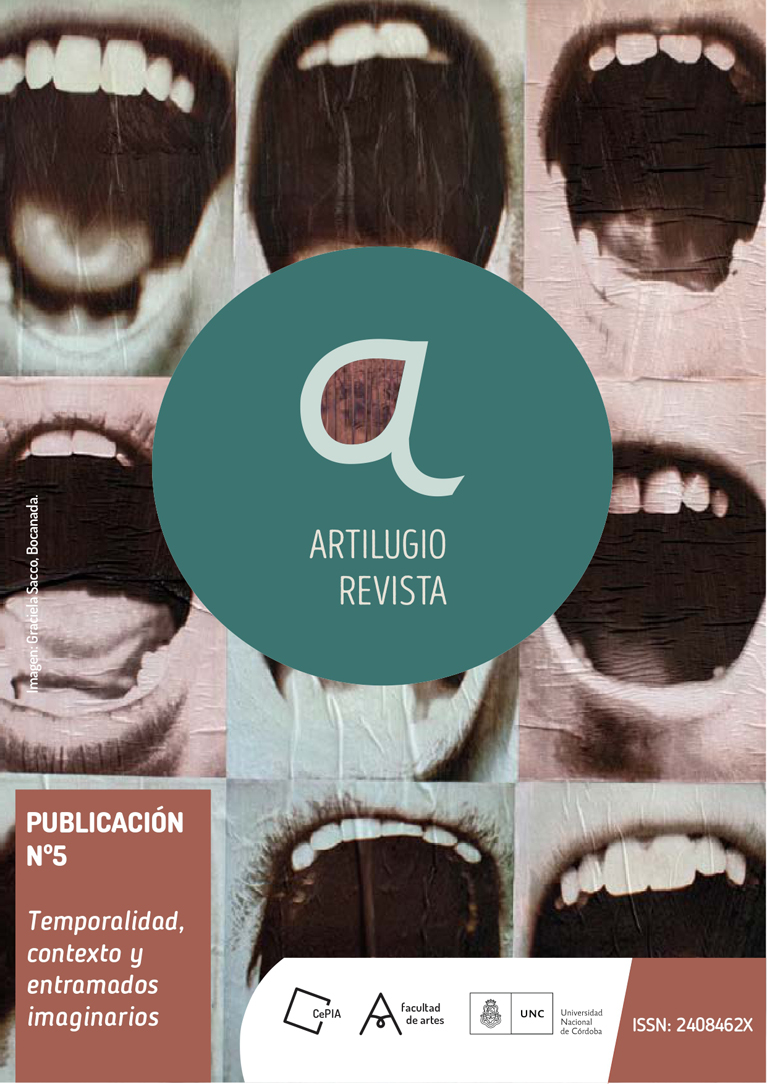Pasolini: The artist who glimpses in the darkness of time
DOI:
https://doi.org/10.55443/artilugio.n5.2019.25318Keywords:
theater, writing, contemporary, time, violenceAbstract
The present article inquiries about Pier Paolo Pasolini’s relation with time considering the analysis of the play Calderón. In this play, the artist, by referring to archaic theatrical and pictorial forms, revitalizes a sense that appeared to be dead and operates strongly on his present creating a gesture that establishes a particular relationship between times. We followed philosophical and theatrical theories in order to detect the artistic operations in the play. Such operations reveal the functioning of systemic violence that remains invisible through time. In the first section we work on the article What is the contemporary? by Giorgio Agamben, establishing some connections among Pasolini’s life and work, and the definition of contemporary proposed by the philosopher. In the second section, we follow the study of the systemic violence proposed by Žižek to analyze Pasolini’s operations to show what is invisible. Finally, we follow Angélica Liddell’s research to study the relation between art and violence in Pasolini’s work.Downloads
References
Giorgio Agamben, “¿Qué es lo contemporáneo?”, Desnudez (Buenos Aires: Adriana Hidalgo, 2014): 17-29.
Angélica Liddell, El sacrificio como acto poético (Madrid: Continta Me Tienes, 2015).
Pier Paolo Pasolini, Calderón (Barcelona: Icaria Literaria, 1987).
Slavoj Žižek, Sobre la violencia: seis reflexiones marginales (Buenos Aires: Paidós, 2009).
Downloads
Published
Issue
Section
License
Copyright (c) 2019 Natalia Buyatti

This work is licensed under a Creative Commons Attribution-NonCommercial-NoDerivatives 4.0 International License.





































